In today’s tech-savvy world, remote camera shutter control has become an invaluable tool for photographers, enabling them to capture breathtaking shots with precision and creativity. Whether you’re a professional or an amateur photographer, mastering the art of remote camera shutter control can elevate your photography game to new heights. In this blog post, we will explore the benefits, different methods, and tips to optimize your remote camera shutter experience.
The Benefits of Remote Camera Shutter Control
Remote camera shutter control offers a plethora of advantages that can greatly enhance your photography:
- Eliminating Camera Shake: By remotely triggering your camera’s shutter, you can avoid the vibrations caused by physically pressing the shutter button, resulting in sharper images.
- Long Exposures: When shooting long exposures or time-lapses, remote control helps maintain stability and prevents any accidental blurring.
- Self-Portraits and Group Photos: With a remote shutter release, you can easily include yourself in the frame or capture group shots without needing an additional person to press the button.
- Wildlife and Sports Photography: For subjects that are difficult to approach, a remote shutter control allows you to stay at a distance while still capturing the perfect moment.
Methods of Remote Camera Shutter Control
There are several methods to remotely control your camera’s shutter. Let’s explore a few popular options:
- Wired Remote Shutter Release: This method involves using a physical cable connected to your camera. It’s a simple and reliable option, often used for studio photography.
- Infrared (IR) Remote Control: Many cameras have built-in IR receivers, and you can use an IR remote control to trigger the shutter from a distance, typically within a line-of-sight range.
- Wi-Fi and Smartphone Apps: Modern cameras offer Wi-Fi connectivity, allowing you to control your camera using a smartphone app. This method provides more flexibility and often includes features like live view, setting adjustments, and instant image transfer.
- Wireless Radio Triggers: Wireless radio triggers are commonly used for off-camera flash and long-range photography. They offer reliable, interference-free control over your camera’s shutter.
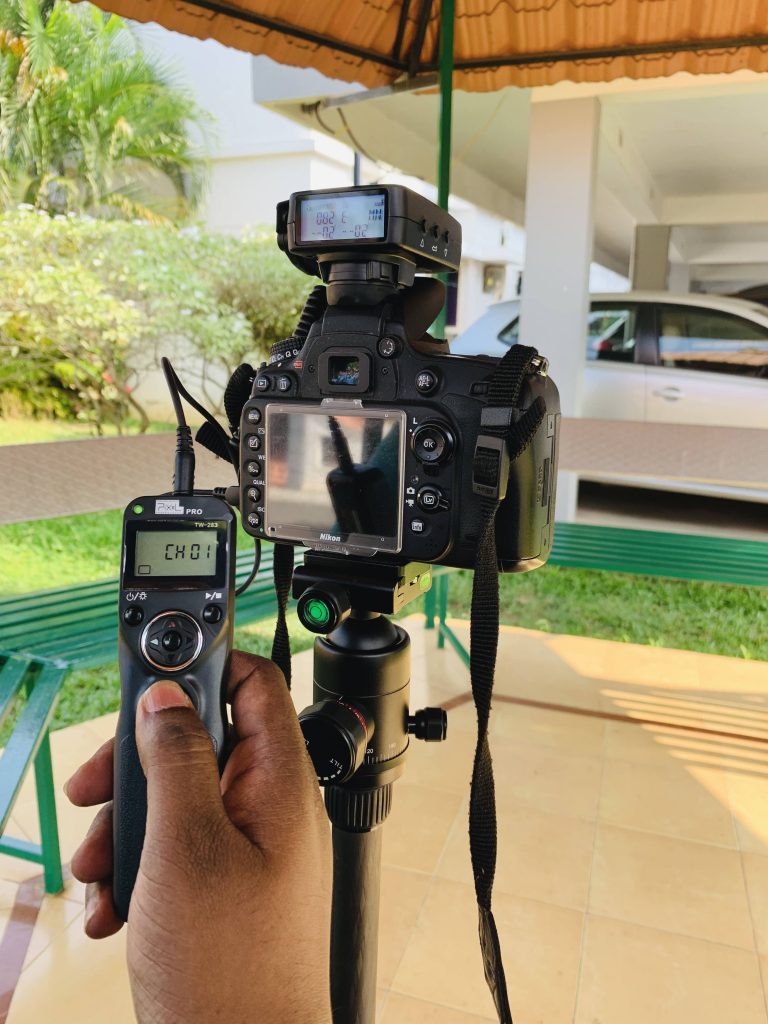
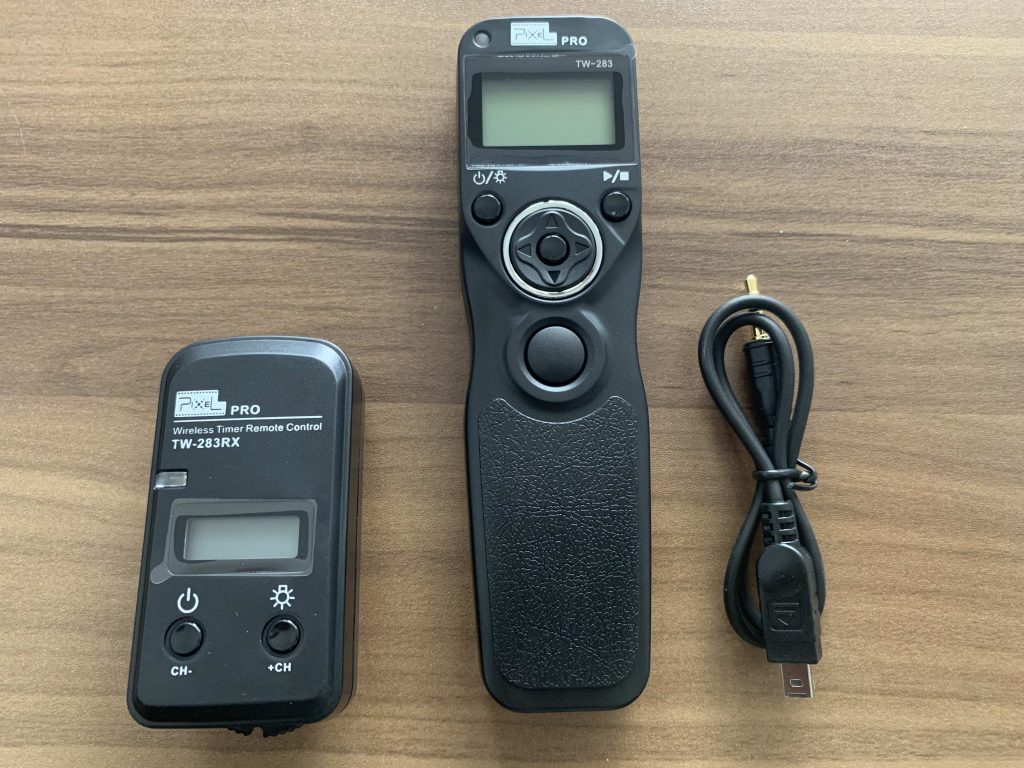

Tips for Optimizing Your Remote Camera Shutter Control
To make the most of your remote camera shutter control, follow these tips:
- Use a Tripod: A stable platform is essential for achieving sharp photos when using remote shutter control. Invest in a good quality tripod for steady shots.
- Check Compatibility: Ensure that your camera is compatible with the remote control method you plan to use, whether it’s wired, infrared, Wi-Fi, or radio triggers.
- Practice Timing: Remote control requires precise timing. Practice your timing and coordination to capture the perfect moments.
- Set Your Camera Settings in Advance: Before you start shooting, set your camera settings (aperture, shutter speed, ISO, etc.) to save time and ensure your shots are well-exposed.
- Experiment with Different Techniques: Remote shutter control opens up new creative possibilities. Experiment with long exposures, interval shooting, and time-lapses to diversify your portfolio.
Remote camera shutter control is a game-changer in photography, providing a wide array of benefits and creative opportunities. By choosing the right method, practicing, and optimizing your techniques, you can take your photography to the next level. Whether you’re capturing landscapes, portraits, or astrophotography, mastering the art of remote camera shutter control will help you achieve stunning results with precision and ease. So, grab your remote control and start shooting like a pro!
Get some information about the images you take using Camera:
VIEW IMAGE METADATA WITH THIRD-PARTY APP:
There are third-party apps available on the App Store that can display image metadata, including geotags, DPI, if available in the image file. Our App “Exif Viewer by Fluntro” can provide you with detailed information about an image’s properties.
Appstore Link: – https://apps.apple.com/us/app/exif-viewer-by-fluntro/id944118456
- Visit the App Store on your iPhone or iPad.
- Search for “EXIF viewer by Fluntro“.
- Download and install the app. EXIF Viewer app allows you to view image metadata.
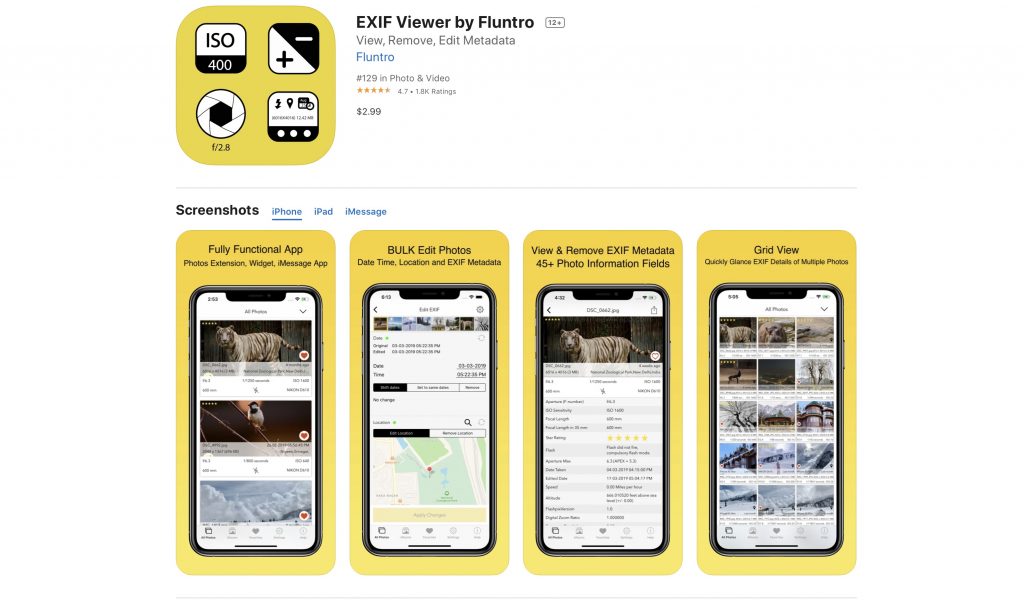
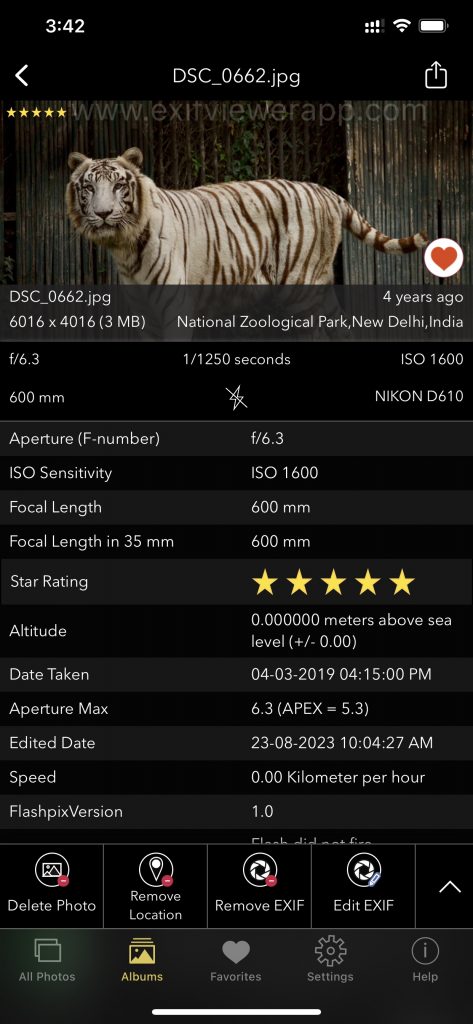
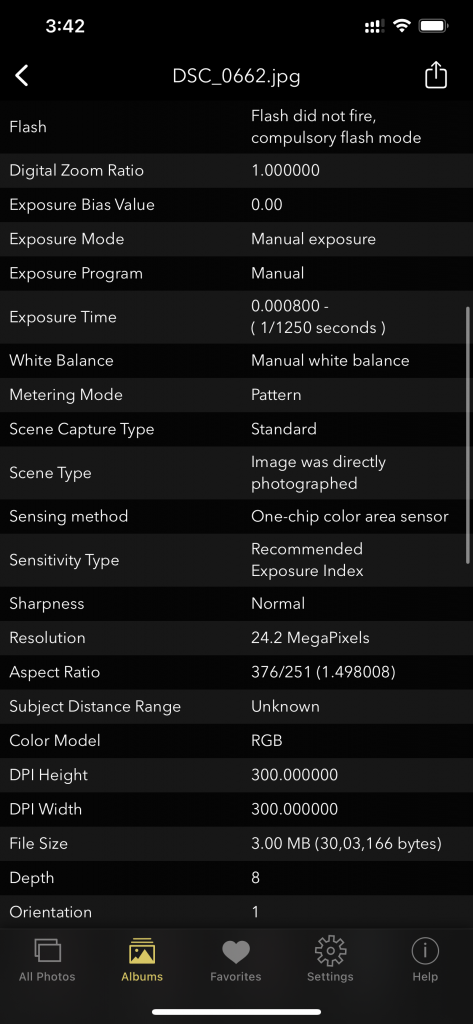
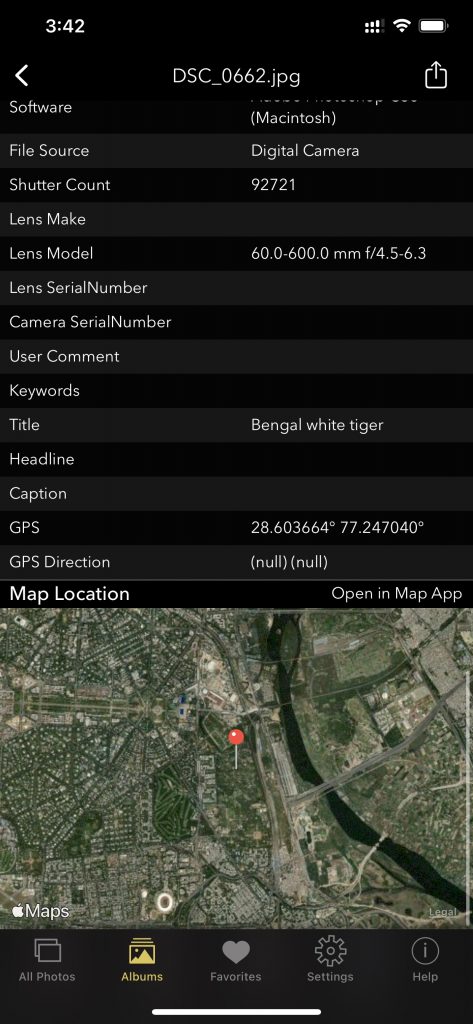
EXIF Viewer by Fluntro App showing images Camera details
Checkout the preview video of Exif Viewer by Fluntro:
Pingback: Top 10 Must-Have Gadgets to Fix Autofocus Issues and Improve Focus Accuracy - EXIF Viewer by Fluntro